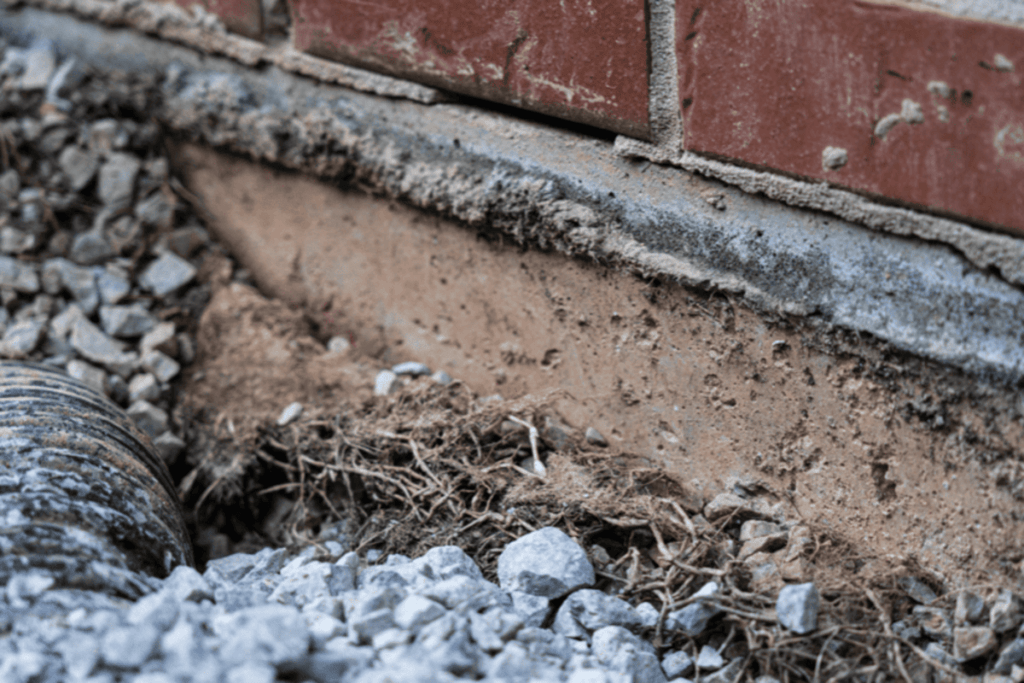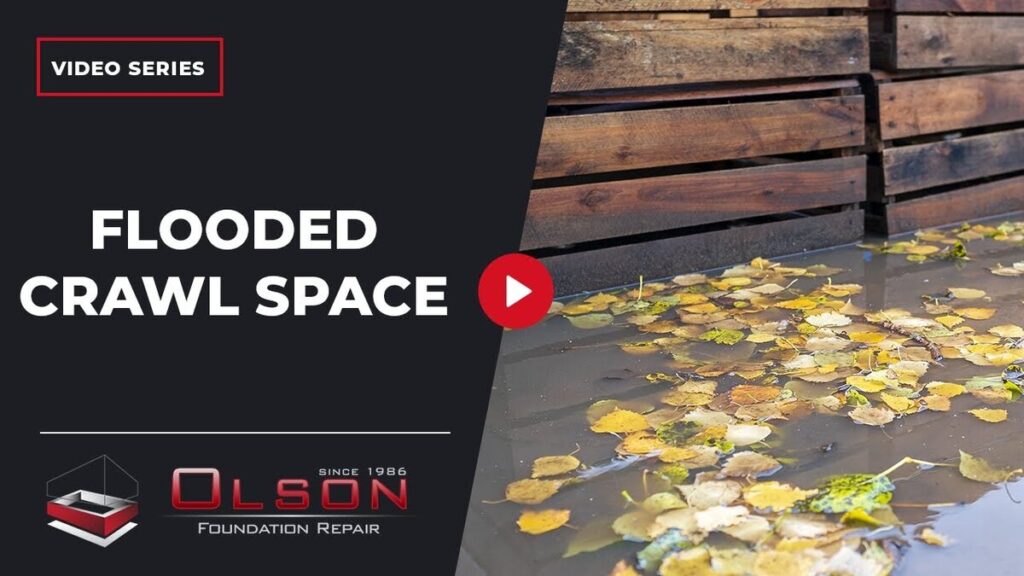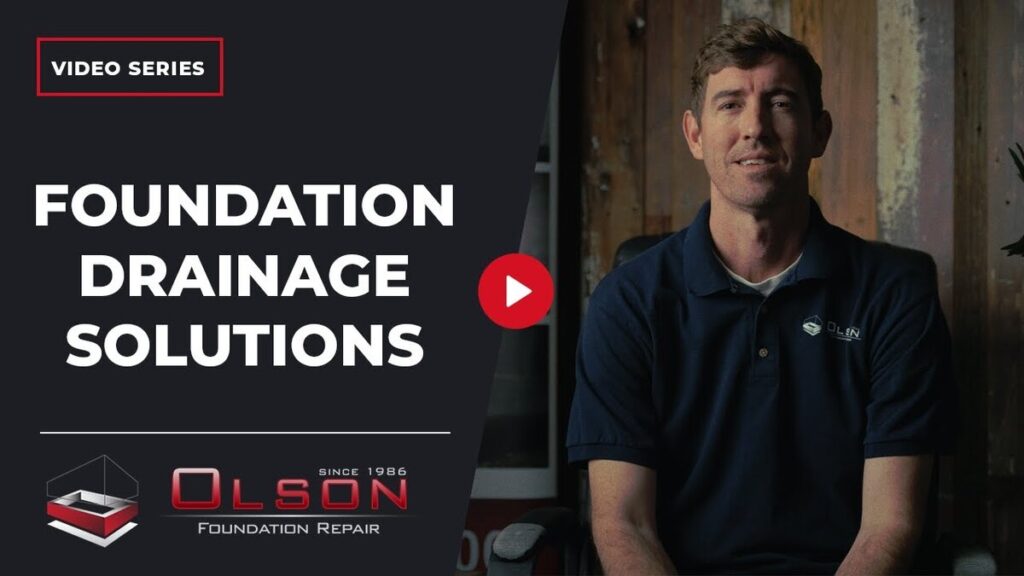Concrete is meant to be a sturdy, long-lasting solution, but many homeowners find themselves facing a frustrating issue – voids & subsurface voids. These gaps can make your driveway, sidewalks, or even parts of your home’s foundation unstable, causing potential hazards and costly repairs. But what actually causes these voids to form? Let’s explore the causes and solutions for these hidden dangers.
Understanding Voids & Subsurface Voids
Before exploring the causes, it’s essential to understand what we mean by voids & subsurface voids. Voids are essentially gaps or empty spaces beneath concrete slabs. These gaps may occur between the soil and the concrete surface or further down into the ground, hence the term “subsurface voids.” Over time, these voids compromise the integrity of your concrete, leading to cracks, sinking, and other structural issues.
What Causes Voids & Subsurface Voids Under Concrete?
One of the leading causes of voids & subsurface voids is the shifting and movement of the soil beneath your concrete slabs. Here in Kansas City, we frequently experience various soil changes due to the region’s weather conditions. Our soil is composed of expansive clay, which reacts significantly to moisture changes. When the soil beneath your concrete expands and contracts, it creates stress and leaves gaps beneath the slabs.
Factors Contributing to Soil Movement
- Expansive Clay Soil: The clay soil in our area tends to expand when wet and contract when dry. This constant expansion and contraction can gradually cause voids to form beneath your concrete surfaces.
- Changing Weather Conditions: Since we experience all four seasons, our weather plays a significant role in creating these voids. During heavy rains, the soil becomes saturated, expanding and causing pressure on concrete surfaces. On the flip side, during droughts, the soil contracts and pulls away, leaving gaps and voids behind.
- Natural Ground Shifting: The earth is always shifting, moving, and “breathing.” This natural movement impacts the ground beneath your concrete and contributes to void formation, especially when combined with other factors like moisture changes.
Why Voids are a Big Deal for Your Concrete
You might wonder, “If voids are so common, why are they such a problem?” Well, these voids have a direct impact on the stability of your concrete surfaces, leading to potential dangers such as:
- Sinking Driveways and Sidewalks: One of the most noticeable effects of voids is sinking concrete. As these voids grow, your driveway or sidewalk can begin to drop, creating uneven surfaces. For example, I’ve seen a driveway that sank so much due to a large void that the homeowner couldn’t even drive their car into the garage anymore!
- Cracking and Breaking: Over time, voids weaken the support beneath the concrete. This leads to cracks and breaks, compromising the structure and making it look unsightly.
- Tripping Hazards: Uneven concrete caused by voids creates tripping hazards, especially on sidewalks and walkways. This can be dangerous for you, your family, or visitors.
How to Identify Voids & Subsurface Voids
It’s crucial to recognize the early signs of voids before they worsen. Here’s how to identify them:
- Visible Gaps: Check around your driveway, sidewalk, or patio. If you notice visible gaps or spaces between the concrete and the ground, that’s a sign of a void forming.
- Cracks and Settling: Cracks that seem to appear out of nowhere or concrete that looks like it’s settling unevenly often indicate voids beneath the surface.
- Water Pooling: If water collects in certain areas of your concrete instead of draining away, this could signal uneven settling caused by a void.
Fixing Voids & Subsurface Voids
The good news is that voids can be repaired before they cause more severe damage. Here are a few methods we often use:
1. Polyjacking
Polyjacking involves injecting a polyurethane foam beneath the concrete. This foam expands and fills the voids, providing support and lifting the concrete back into place. It’s an effective and long-lasting solution that stabilizes your concrete without the need for a complete replacement.
2. Mudjacking
Mudjacking is another common method, where a mixture of cement, water, and sand (known as slurry) is pumped under the concrete to fill voids. It’s a cost-effective solution but may not be as durable as polyjacking, especially in areas with expansive soils like ours.
3. Complete Tear-Out & Replacement
In cases where the voids are extensive or the concrete has suffered significant damage, a complete tear-out and replacement might be necessary. This is often the last resort, especially if the concrete is old or the void issue has gone unchecked for too long.
Preventing Future Voids & Subsurface Voids
While some causes of voids are out of our control (like natural soil shifting and weather changes), there are steps you can take to reduce the risk:
- Proper Drainage: Ensure that water is directed away from your concrete surfaces, preventing soil saturation and minimizing the chances of voids forming.
- Regular Inspections: Regularly inspect your concrete surfaces for signs of gaps, cracks, or settling. Catching these early can prevent more extensive repairs down the road.
In Summary
Voids & subsurface voids under concrete are a common issue, especially in areas with expansive clay soil and varying weather conditions like we have in Kansas City. Understanding the causes can help you identify and address the problem before it leads to more severe damage. Remember, taking preventative measures and addressing voids early on can save you time, money, and hassle in the long run.
If you suspect voids are forming under your concrete or need professional assistance, contact us today. We’re here to help keep your concrete surfaces safe, stable, and looking their best.




